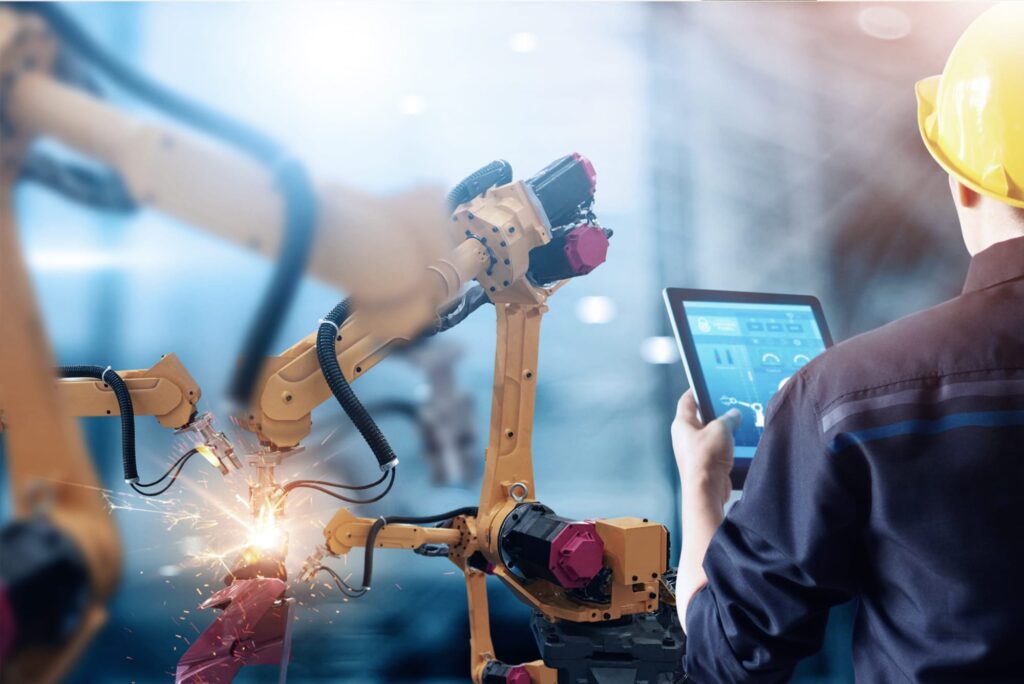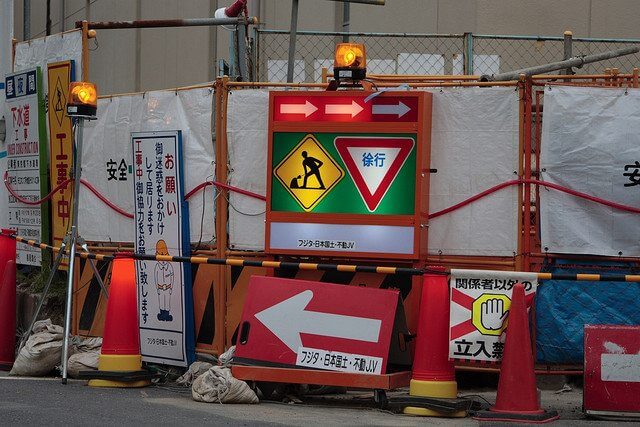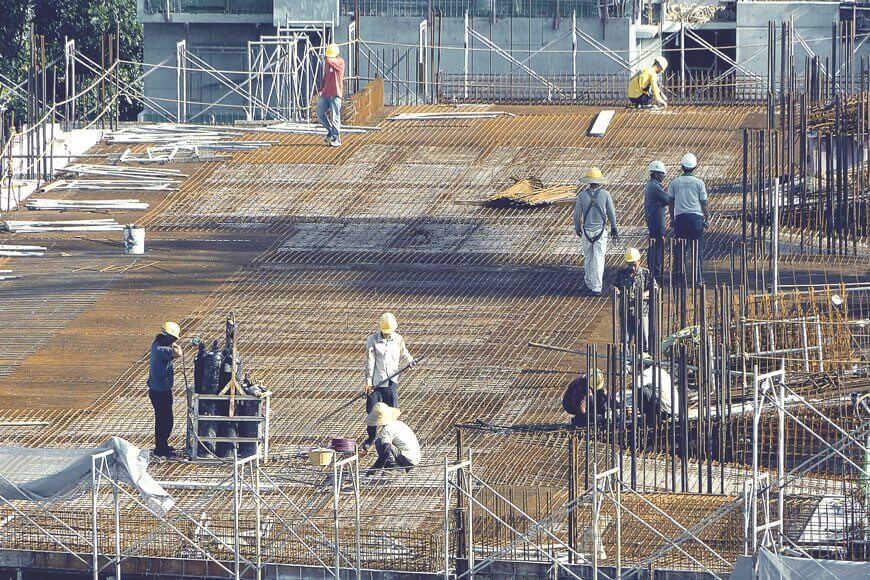Between the construction labour shortage and the challenges brought on by COVID-19, construction companies are looking for new ways to operate more efficiently.
Construction robotics is one solution that some firms are adopting to combat these challenges, so let’s break down how it’s affecting the industry.
5 ways construction robotics and construction automation are changing the industry
From cost savings to improved efficiency and workplace safety, let’s talk about five ways that construction robotics are affecting the industry now and what that means for the future.
1. Robotics in the construction industry will introduce cost savings.

While construction robotics and automated equipment come with significant upfront costs, they are relatively inexpensive when you compare them with costs like payroll, workers’ compensation, etc. Even the most advanced construction robotics require regular maintenance, but looking at all of the work they can do and factoring in the recurring costs of a human workforce, they’re becoming a cost-efficient option for construction companies worldwide.
Free eBook: Quick guide to Lean practices for construction professionals
Construction robotics are great at handling repetitive jobs—like hanging drywall or laying bricks—and can help businesses significantly reduce their labour costs for a project. They work quickly, produce fewer errors than human labour, and, most importantly, come with lower overall costs that can have a huge effect on your bottom line.
2. Advanced construction robotics will address labour shortages.
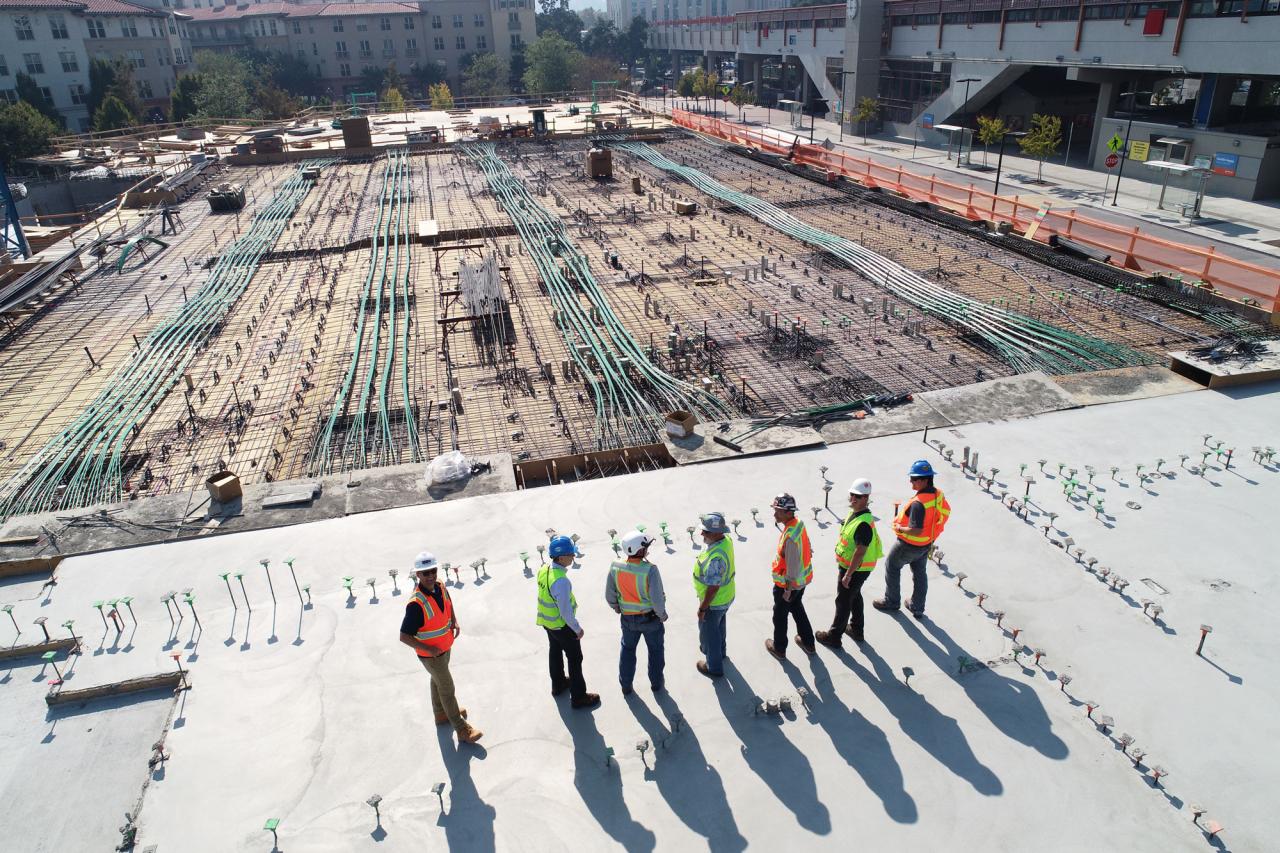
Between recent labour shortages and the fact that 41% of construction workers will retire by 2031, construction companies must start thinking about the future of the workforce. That’s why many firms are turning to construction robotics to handle their most repetitive and labour-intensive jobs.
Skilled tradesmen are leaving the industry every day, and with baby boomers set to leave the workforce by 2029, the introduction of advanced construction robotics is changing how companies tackle their projects. Not only is construction automation addressing the current and future labour shortage—it’s doing so while reducing labour costs and improving productivity.
3. Construction robotics will offer more flexibility to human workers.
With the construction workforce spread thin, companies don’t have a lot of leeway when deploying their workers. Disruptions in availability for any reason can start a chain reaction, throwing projects way off schedule. Supplementing human workforces with construction robotics allows those companies to be much more flexible in how they use their labour resources to adapt to unexpected worker absences or injuries.
Priorities can change mid-project for a number of reasons, and companies are deploying construction robotics to quickly shift their resources to different tasks to accommodate those changes. Robotics in the construction industry can provide companies with much-needed flexibility by performing labour-intensive jobs so that human workers can divert their attention as needed.
Also read: 7 Construction Trends That Will Propel the Industry in 2022
4. Construction drones will improve efficiency throughout the industry.
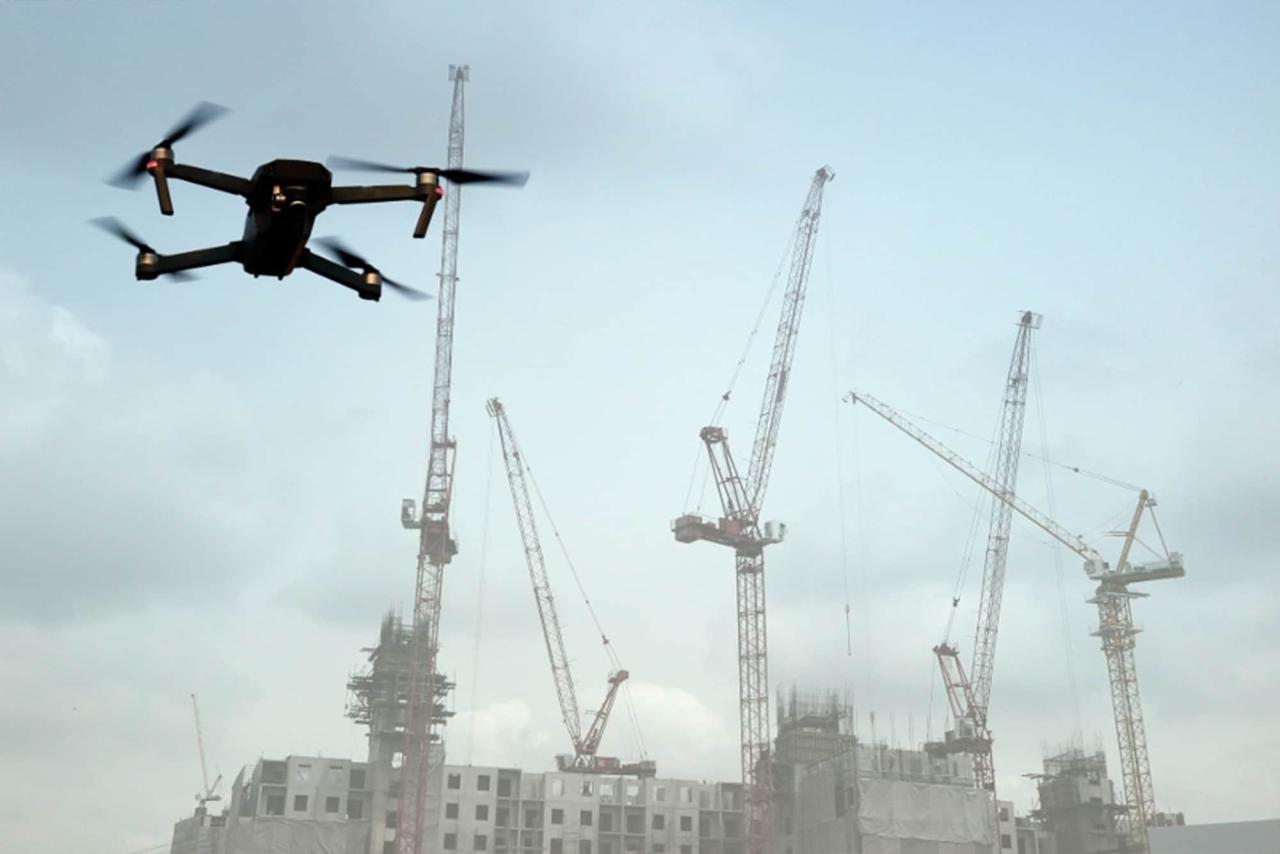
Construction robotics are not (and likely never will be) a replacement for human workers. However, they can handle many tasks on their own and leave human labourers free to take care of the jobs that require more attention and detail.
Drones are a great example: They can perform many surveying duties either autonomously or with a single operator. That means surveying teams can deploy a drone and free up other workers to work on more tasks critical to their project. When a single drone can perform tasks that used to require multiple human workers, efficiency rises as fewer people can do more work in less time.
5. Robots will lead to fewer workplace deaths and injuries.

In 2019, the construction industry had the most fatal accidents and the third most non-fatal accidents. And while construction robotics might require maintenance and repairs, they won’t get injured on the worksite. When key labourers have an accident or get injured on the job, it can result in long delays and throw your entire project off schedule.
Learn more: Modular Construction: Pros and Cons
Repetitive strain injuries are also common in construction workers, and construction robotics can address that, too—a robot can perform the same repetitive motions over and over for hours, days, or even weeks without issue. That’s another reason why construction companies are using advanced construction robotics: Robots can focus on the straining, repetitive jobs while human labourers handle the tasks that require more finesse.
Are construction robotics the future of the industry?
Construction robotics and automation are still relatively new, and it’s hard to determine their long-term place in the industry. However, the emergence of advanced construction robotics shows that, even with the ever-present challenges of labour, construction firms will continue to find ways to get their projects done on schedule while reducing overall costs.
While construction robotics may not be a perfect solution to all of the industry’s challenges, they are helping firms consistently hit their marks.
Construction robotics come at a large upfront cost, and some companies may not be in a position to employ robotic workers just yet, but there are other ways to improve your team’s productivity when facing project challenges—like construction management software.
Try LetsBuild for free and see how we can help you stay on schedule, stick to your budget, and prevent project delays no matter what challenges your company is up against.
